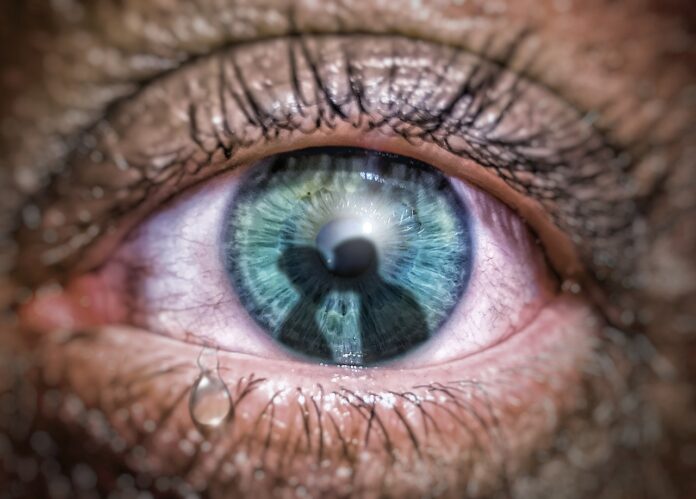It is natural for people to cry from time to time, and tears are a natural response of the body to various emotional experiences. A person can cry due to various emotions, both negative and positive, but in reality, tears primarily serve a protective function. For example, if a strong wind blows in your face, your eyes will start to tear up to protect them from possible damage. A similar reaction occurs if a foreign object enters the eye.
Facts About Tears
- Under normal conditions, a person’s tear glands produce an average of 0.5-1 ml of tears per day, provided they are not crying.
- Tears are produced not only by humans but also by other mammals, as well as reptiles, birds, and amphibians.
- Our tears contain a certain amount of alkali.
- The creator of penicillin, Alexander Fleming, was the first to notice that tears are not “just water.” They contain a substance called lysozyme, which can destroy microbes. Lysozyme effectively disinfects the eyeball.
- About 98% of a human tear is water, meaning that tears contain about as much water as cucumbers do.
- The chemical composition of tears is similar to that of blood, but unlike blood, tear fluid has a higher concentration of potassium and chlorine, with fewer organic acids.
- Tears do not only exit through the eyes. Through a passage, they enter the respiratory organs and moisten the nasal mucosa. When lysozyme enters the nose along with tears, it helps to purify the air we breathe.
- Tears carry as much information as a drop of blood: their chemical composition constantly changes depending on the state of the body.
- Tears also help nourish the cornea of the eye with essential nutrients.
- Tears can be physiological—reflex tears necessary for moisturizing and cleaning the eyes, or emotional tears, which occur as a reaction to emotional upheaval.
- They are produced by the tear glands located in a special cavity in the frontal bone of the human skull, right above the eye sockets.
- Certain eye diseases can lead to a sharp decrease in the effectiveness of the tear glands.
- Emotional tears contain more stress hormones and natural painkillers (such as endorphins) than reflex tears, which helps the body recover from emotional stress.
- Crying can have a soothing effect, helping to regulate breathing and stabilize the heart rate.
- Humans are the only known species that sheds emotional tears as a response to feelings, such as sadness, joy, or relief.
- The average person sheds about 15 to 30 gallons (around 55 to 115 liters) of tears each year.
- Tear production tends to decrease with age, which is why older adults are more prone to dry eye syndrome.
- Tears can be categorized into three types: basal tears, which constantly lubricate the eyes; reflex tears, which respond to irritants like smoke or onion vapors; and emotional tears, which result from strong emotions.
- Crying has been shown to release oxytocin and endorphins, chemicals that can help alleviate pain and promote a sense of well-being.
- People tend to cry more during winter, likely due to the dryness of the air, which causes more irritation to the eyes.
- Some studies suggest that women cry more frequently than men, possibly due to social and hormonal factors.
- Tears have antimicrobial properties, helping to protect the eyes from infections.
